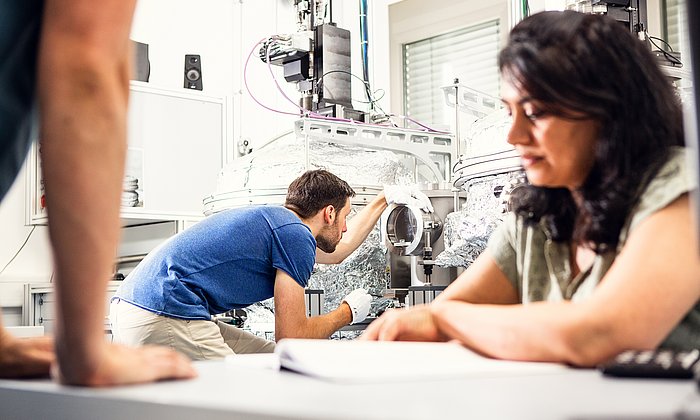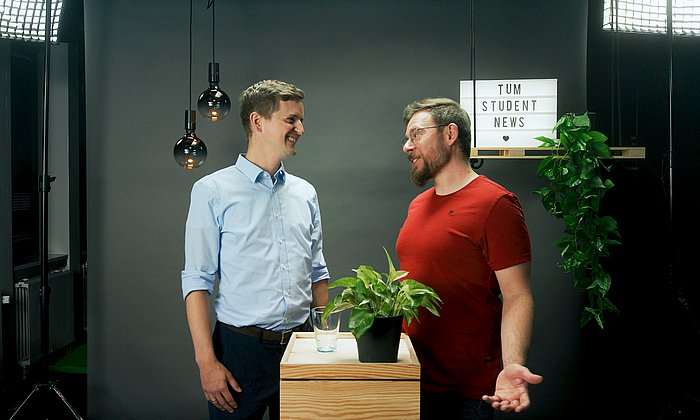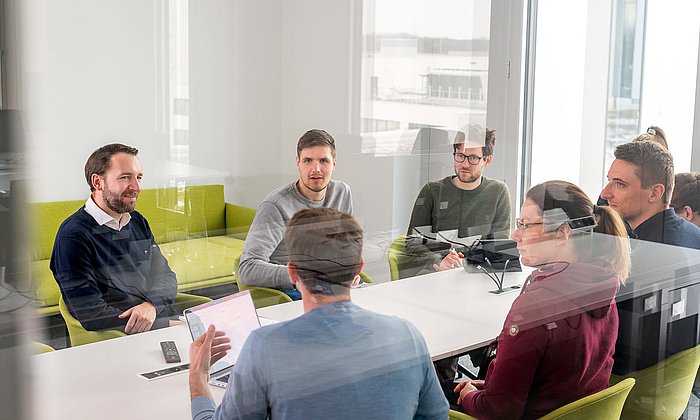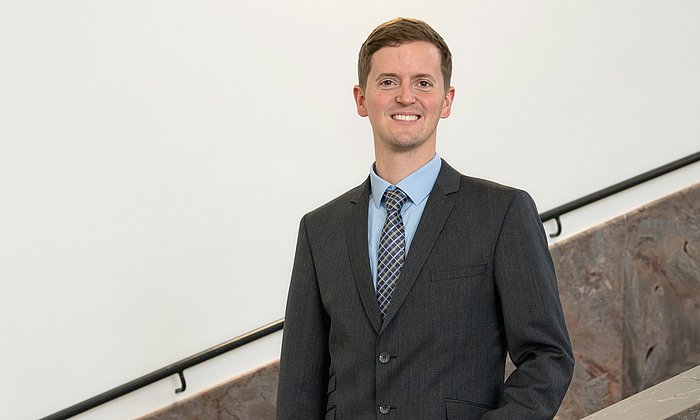Digitalization at TUM
"We don't want to send around pieces of paper anymore"
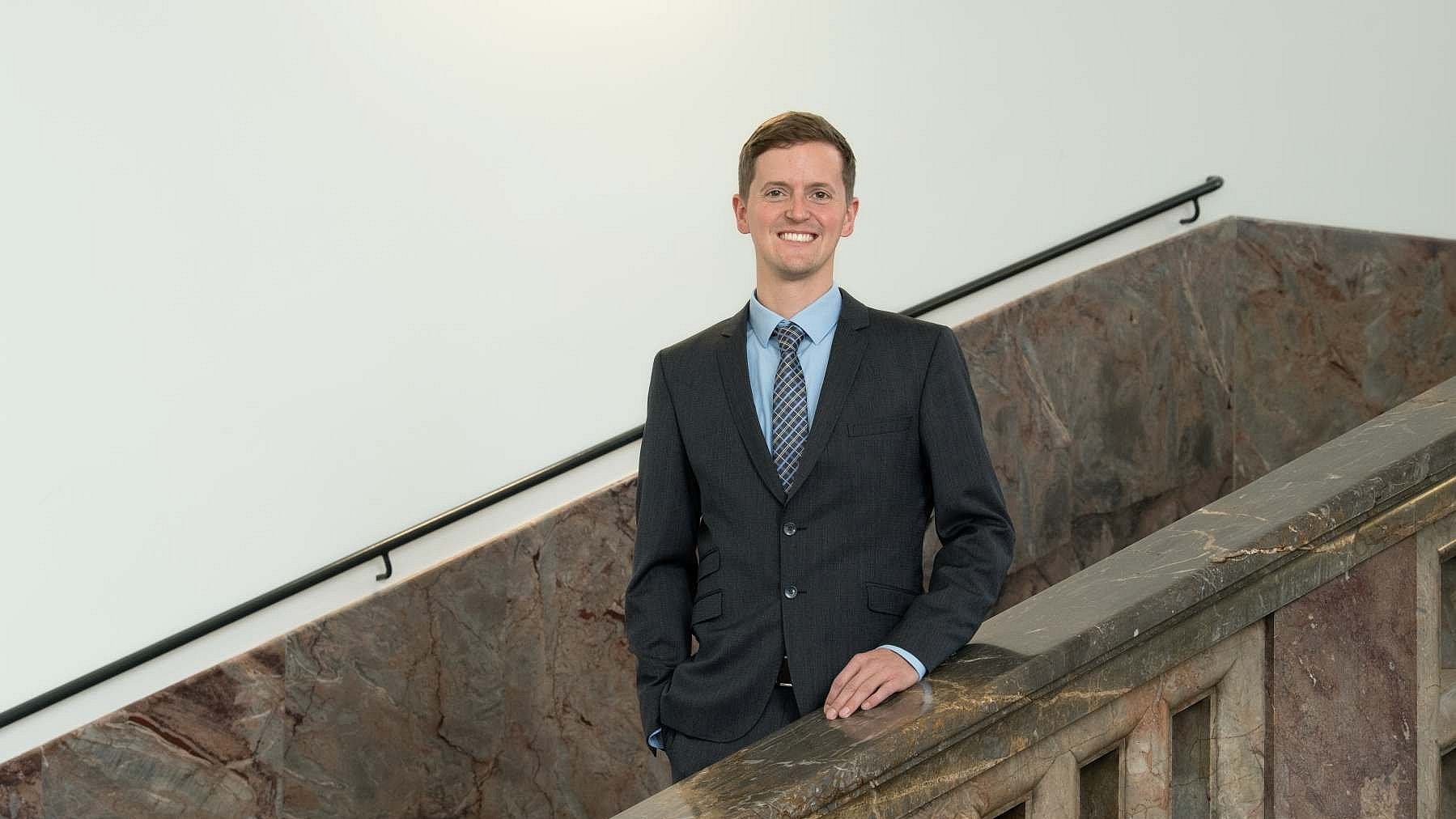
Dr. Braun, where and how can TUM employees help facilitate digitalization?
One of our major projects is the SAP Transformation, with the goal of creating a digital workflow for all administrative processes. Since January 2024, an external partner has been supporting us with analyzing and implementing our processes. But a lot of people in the different departments will have to help to make it work.
In what way?
In our everyday work, each individual is immersed in a particular subprocess and complains, of course with good reason in some cases, that certain things take too long in the process as it is right now and that there's a lack of transparency. But there really isn't anyone who can visualize the entire process from A to Z. And that's why we in IT are joining forces with this external partner to consolidate all these topics. This means that everyone brings their own subprocesses, and we put them together to construct the leanest possible overall process. We'll support this transition with training and a wide range of events.
Let's talk about some examples – what exactly will be changing?
OK, let's take invoicing. An employee needs a new tablet. In the future, everything will be handled in digital form, from selecting the device to approval by the supervisor, ordering, invoicing and payment – everything will be entirely paper-free.
That sounds efficient. Does that mean that leave cards will disappear at some point, too?
Yes, that's the objective. We want to implement a standardized digital solution for all locations. Another example would be human resources processes, such as job applications, which will be completely digitalized: We don't want to send around pieces of paper anymore.
We want to implement a standardized digital solution for all locations.
TUM's CIO and Senior Vice President for digitalization and IT systems
People have been talking about the paper-free office for decades…
Some progress has already been made. But the fact is that even this SAP project won't be able to achieve 100 percent digitalization. I like to say that we're creating the 80 percent solution: There will always be smaller processes that would take a prohibitive amount of work to digitalize. Our new Digital Transformation Office is working to consolidate all the requirements and to work out how each process fits into the overall concept. Where will we have to implement a new product or a new process? Could there already be products for that on the market, or will we have to develop something of our own? The important thing is to stay close to the customers' wishes, in our case, the wishes of all the members of the university.
Many digitalization concepts, especially in the area of teaching, have been sitting on the shelf for a long time. Then the COVID-19 pandemic arrived, and TUM was quick to introduce blended learning, flipped classrooms, and electronic examinations. Did it take the pandemic to get digitalization rolling?
I'd put it differently. The COVID-19 pandemic showed us that it's relatively easy to introduce processes or new technologies with little or no pain. The effect of the pandemic was that everyone understood: I could quickly change the way I work without having to throw everything away.
Where would you place TUM on a scale of 0 (no digitalization) to 10 (perfect digitalization)?
Administration 2, teaching 8. Research varies greatly depending on the subject area. Overall, I'd put TUM at between 4 and 5.
And how does TUM look in comparison with other universities?
We do have several dramatic gaps and we definitely have some catching up to do on many levels, but on other levels, the other organizations are no better off. Universities are burdened with a lot of work due to over-bureaucracy, and here, the difficulty doesn't really lie in IT but rather in the complicated administrative processes. The main challenge is to gain a holistic understanding of these processes and then to deploy them in a new and clever way.
As the Chief Information Officer and Senior Vice President for Digitalization, do you need a deep understanding of psychology and management?
I have the advantage of being a hybrid information scientist. My background in IT for civil engineering gives me a practical, hands-on mindset that focuses on implementing things in the real world. However, the digitalization strategy is more than just a pure IT job.
What kind of digitalization do we need in research and innovation?
Here, we're talking much less about processes like those in administration and more about IT resources, resources for storage, for CPUs and for GPUs –specialized processors. The demand for these resources has increased significantly, particularly concerning AI applications. We're talking about terabytes of data and GPU clusters that require as much electricity as the entire university. For example, right now, we're creating a large cluster at the Leibniz Supercomputing Centre since the system has to be centralized in order to be efficient and sustainable.
Research requires a lot of computing power, and on the other hand, enormous volumes of data are generated as well – how should we handle it? That brings us to an important topic: Open Science. We want to make this data available to ourselves and also to the general public, so the data has to be archived properly. With that in mind, we've launched a new initiative together with our TUM Research Data Hub, which will make it possible to store data in a structured and semantically defined way in the future. In addition, we're creating a new research information system for all TUM research activities. We already have the first pilot applications and plan to conduct a soft rollout in early 2024. Ultimately, we want to have a system that stores all the information about and from researchers, their work, their partnerships and their patents and makes the information available to the public.
You mentioned a central GPU cluster. Is the general trend in IT returning to centralization?
The development of PCs initially decentralized many processes. And many people say, I want to keep my sovereignty; I want to keep my freedom. But from the data protection perspective alone, we have a clear directive to make sure that only highly restricted groups of individuals can access sensitive data. Centralized systems are the only way to ensure that. Or take the example of IT security: If I operate hundreds of decentral systems, then there are hundreds of gateways for criminals. On top of that, our Tenure Track system has resulted in numerous new professorships that lack the administrative resources necessary to operate and manage their own systems. As a result, they must rely more on central solutions than larger chairs did in the past.
A lot of research into digitalization is going on at TUM. Is it easier to introduce digital processes at TUM? Or is it more difficult because many individuals see themselves as experts?
Both are true. Many brilliant people work at a university – I can't get away with telling anyone that a particular process is super-cool if it isn't. Someone would figure me out very quickly. On the other hand, it's easier because many people know how helpful digitalization is. Nevertheless, we also have many people at the university who don't do research on digitalization and who don't have a lot of general knowledge of IT. So, on the whole, we have an enormous spectrum of people ranging from those looking for basic training all the way to the experts.
We're feeling the shortage of expert staff everywhere – but especially in IT. How do you drive the TUM digitalization strategy forward when so many IT experts are missing?
First, we collaborate with as many partners as possible, including the Leibniz Supercomputing Centre. Second, we aim to eliminate redundant structures whenever it's possible. For historical reasons, there are several double systems in operation at TUM. This also means we're making work easier for the employees. Third, we're trying to outsource services. However, I've noticed that our employees are very inspired by TUM and speak highly of their jobs. Nevertheless, we have to create incentives for them to stay in the tariff system of the public service sector. For example, incentives like a positive team atmosphere, agile working methods, exciting projects and modern equipment. Generally speaking, a university is a great place to work. You can run free here and contribute new ideas.
- More information on TUM's digitalization strategy: www.digitalisierung.tum.de
- Do you have ideas for digitizing processes, tasks and activities? Submit them to the TUM Idea Portal. (Login with TUM ID)
Technical University of Munich
Corporate Communications Center

